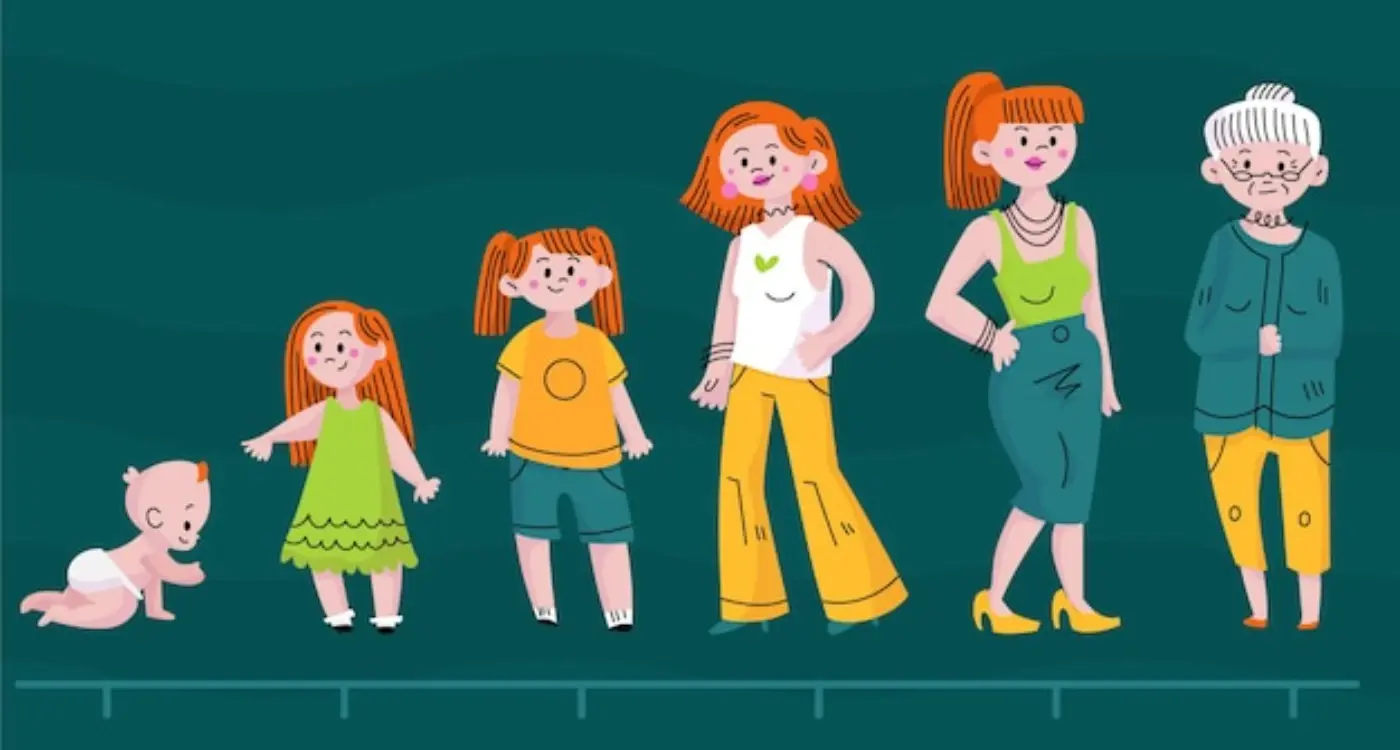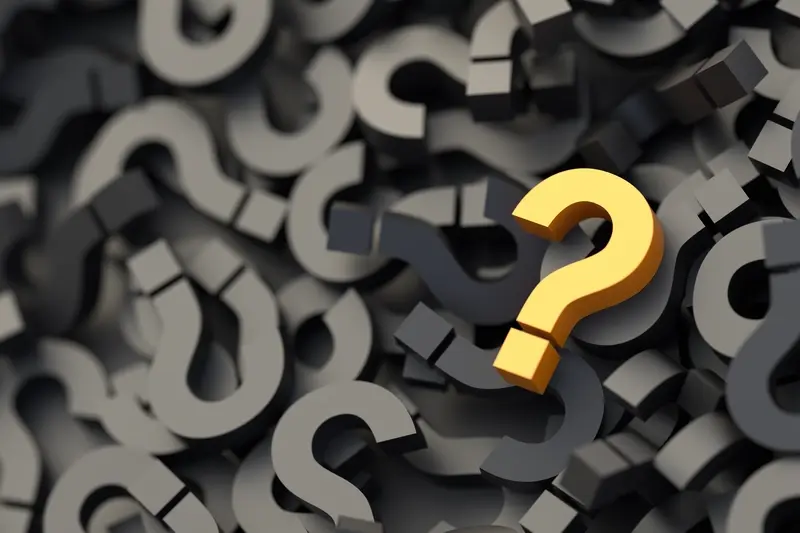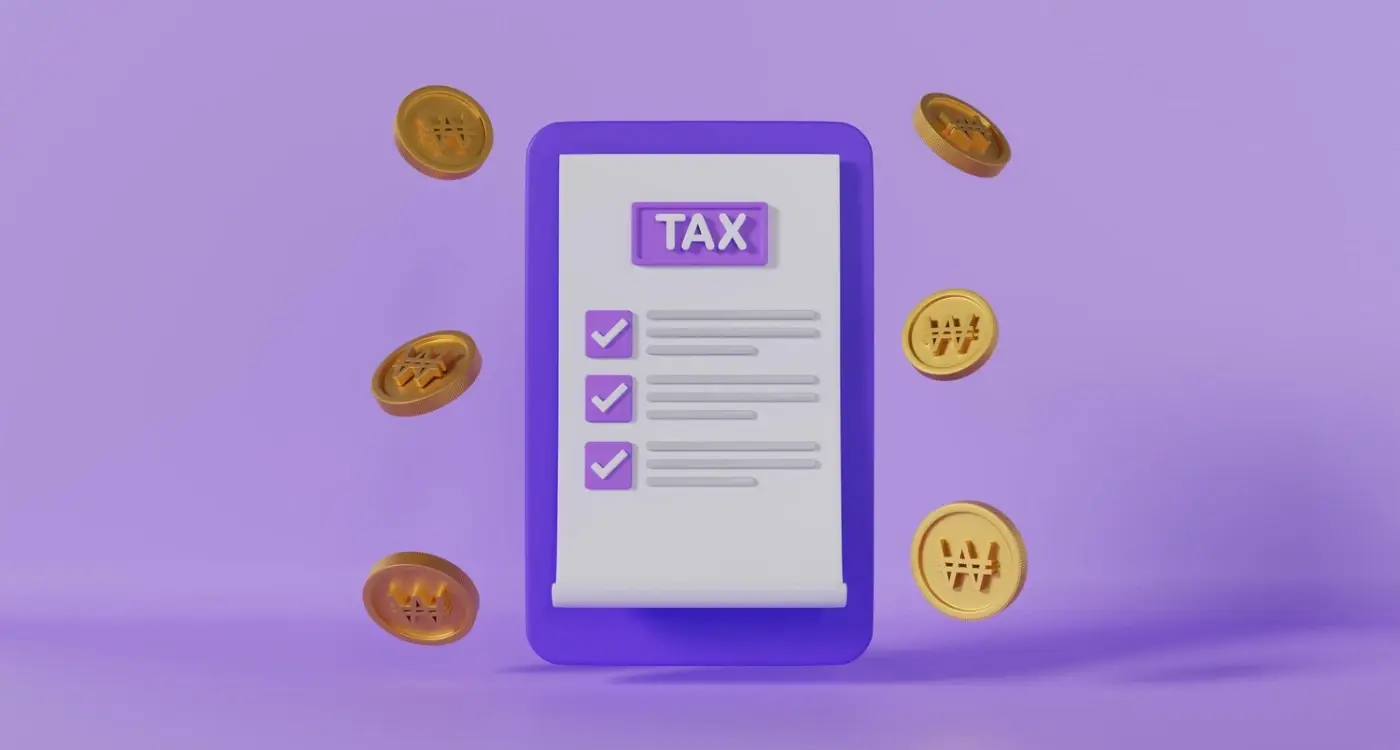What App Store Categories Boost Your Approval Chances?
Mercedes launched their mobile app thinking the approval process would be straightforward—after all, they're one of the world's biggest car manufacturers. But their first submission got rejected. Why? They'd classified their app in the wrong category. Their comprehensive app included everything from vehicle controls to entertainment features, but they'd listed it under "Utilities" when it should have been in "Travel". That single categorisation mistake cost them three weeks and delayed their global launch.
Most people think app store categories are just filing systems—you know, a way to help users find apps. But here's what I've learned after years of getting apps approved: your category choice directly affects whether Apple and Google will approve your app in the first place. It's a bit mad really, but the category you pick tells the review teams what standards to apply, what guidelines to check against, and even how strictly to examine your app's features.
The wrong category doesn't just hurt your discoverability—it can kill your approval chances before users even see your app
I've seen brilliant apps get knocked back repeatedly, not because they were poorly built, but because they were sitting in categories where the approval criteria didn't match their functionality. And honestly, most developers don't realise this connection exists until it's too late. The review guidelines aren't identical across all categories; some have stricter content requirements, others face more technical scrutiny, and certain categories get fast-tracked while others get the full inspection treatment. Understanding this relationship between app store categories and approval success isn't just helpful—it's the difference between launching on schedule and watching your competitors beat you to market.
Understanding App Store Categories
Right, let's talk about app store categories—something that sounds simple but is actually quite tricky to get right. When I first started building apps, I thought categories were just filing systems. You know, like putting your music in a "Music" folder on your computer. But honestly? They're so much more than that.
App store categories are basically your apps first impression with both users and the review teams. They tell everyone what your app does before anyone even downloads it. But here's where it gets interesting—Apple and Google use these categories to decide which rules apply to your app and how strictly they'll review it.
I mean, think about it from their perspective. An app in the "Medical" category needs much stricter checking than something in "Entertainment." Lives could be at stake! So they've got different approval processes, different requirements, and different levels of scrutiny depending on which category you choose.
Why Categories Matter More Than You Think
The category you pick doesn't just affect how users find your app—it actually determines which review guidelines get applied during the approval process. Some categories have additional requirements you need to meet. Others have faster review times because they're considered lower risk.
And here's something most developers don't realise: picking the wrong category can lead to automatic rejection. I've seen apps get bounced simply because they were categorised as "Games" when they should have been "Productivity." The functionality was fine, the code was solid, but the category choice confused the reviewers and that was enough for a rejection.
Getting your category right from the start saves you weeks of back-and-forth with the app stores. Trust me on this one.
The Connection Between Categories and Approval
Here's something I've learned from submitting hundreds of apps over the years—your category choice isn't just about where users find you, it actually affects whether Apple and Google will approve your app in the first place. I know, it sounds a bit mad really, but the category you pick signals to the review teams what kind of scrutiny your app should receive.
Different categories come with different sets of rules and expectations. Apps in Health & Fitness get examined much more closely than a simple productivity tool; medical apps need to prove their claims whilst a note-taking app just needs to work properly. The reviewers literally have different checklists depending on your category, and some of those checklists are much longer than others.
Choose your category based on your app's primary function, not where you think you'll get the most downloads. Misleading categorisation is a quick path to rejection.
How Review Teams Use Categories
The app store review process isn't one-size-fits-all. When your app lands in the review queue, its category determines which specialist team looks at it and what compliance standards they apply. A finance app triggers fraud prevention checks and security compliance assessments; a kids app gets examined for COPPA compliance; a social networking app faces content moderation scrutiny.
This is why you'll sometimes see apps that seem identical getting different treatment. The one categorised as "Entertainment" might sail through whilst the same concept filed under "Social Networking" gets rejected for insufficient content moderation features.
Categories That Trigger Extra Checks
- Health & Fitness - Medical claims verification
- Finance - Security and regulatory compliance
- Kids - COPPA and child safety requirements
- Social Networking - Content moderation systems
- News - Editorial standards and fact-checking policies
The connection is straightforward: higher-risk categories mean more hoops to jump through. But here's the thing—if your app genuinely belongs in one of these categories, don't try to game the system by picking something else. That's a guaranteed rejection right there.
High-Approval Categories to Consider
After years of submitting apps across different categories, I've noticed some clear patterns in what Apple and Google tend to approve more readily. It's not a guarantee—trust me, I've had rejections in every category—but certain areas definitely have smoother sailing through the review process.
Productivity apps are absolute winners when it comes to approval rates. Think task managers, note-taking apps, calendar tools; these solve genuine problems without raising red flags. The reviewers seem to appreciate apps that help people get stuff done, and honestly? There's less room for dodgy business practices when your app is basically a digital to-do list.
Business and Education Apps
Business tools—especially ones focused on team collaboration, project management, or professional networking—tend to cruise through approval. Same goes for educational apps that teach languages, provide training materials, or help with academic subjects. The key here is clear value proposition; when reviewers can immediately see how your app benefits users, they're much more likely to give it the green light.
Health and Fitness (With Caveats)
This category can be tricky, but if you stick to fitness tracking, workout routines, or meditation apps, you're generally in good territory. Just avoid anything that resembles medical advice or diagnosis—that's where things get complicated quickly. I've seen too many wellness apps get rejected because they crossed that line from "helpful" into "potentially dangerous."
Utilities also perform well, particularly if they solve specific technical problems. Weather apps, file managers, system monitoring tools; these usually face fewer hurdles because their functionality is straightforward and their risk profile is low.
Categories That Often Face Rejection
Right, let's talk about the elephant in the room—the categories that make App Store reviewers nervous. After submitting hundreds of apps over the years, I can tell you there are certain categories where rejection rates are significantly higher. It's not that these apps can't get approved; they just face much stricter scrutiny.
Adult content and dating apps are obvious trouble spots. Apple's particularly strict about anything that could be considered sexually suggestive, even if it's perfectly legal. I've seen dating apps rejected for profile photos that were completely acceptable on other platforms. The review process for these categories can take weeks rather than days, and you'll need bulletproof content moderation systems in place.
Cryptocurrency and financial apps face intense scrutiny too. The regulatory landscape changes constantly, and Apple doesn't want to deal with potential legal issues. Any app that involves trading, wallet functionality, or even basic financial advice needs extensive compliance documentation and robust API security measures. One client's trading app took three months to get approved because we had to prove regulatory compliance in multiple jurisdictions.
The key isn't avoiding these categories entirely, but understanding that approval requires exceptional preparation and often multiple submission attempts
VPN and proxy apps have become increasingly difficult since privacy regulations tightened. Apple wants detailed explanations of how data is handled and stored. Medical and health apps face similar challenges—anything that could be considered medical advice needs proper disclaimers and often regulatory approval documentation. Gaming apps with loot boxes or gambling mechanics? Prepare for a long review process. The pattern here is clear: anything that touches on legal, financial, or health concerns gets extra attention. Plan accordingly.
Gaming vs Non-Gaming Classification
Right, let's talk about one of the biggest classification decisions you'll make—gaming or non-gaming. This isn't just about picking a category; it's about choosing which rulebook your app will play by. And trust me, the rules are very different.
Gaming apps face much stricter scrutiny during the approval process. Apple and Google have separate review teams specifically for games, and they know every trick in the book. They're looking for everything from inappropriate content and gambling mechanics to misleading screenshots and dodgy monetisation practices. I've seen perfectly good games get rejected for things that wouldn't even register on a utility app's radar.
The flip side? Non-gaming apps that try to sneak game-like features past the reviewers often get caught out. If your app has levels, achievements, virtual currencies, or any kind of competitive elements, the review teams will spot it. They've been doing this for years now.
When Gaming Classification Actually Helps
Here's something that might sound backwards—sometimes being classified as a game actually makes approval easier. Gaming categories have clearer guidelines about what's acceptable. Educational games, puzzle games, and family-friendly titles often sail through approval because reviewers know exactly what to expect.
But if you're building something with social features, user-generated content, or complex interactions, going the non-gaming route might be safer. Productivity apps, educational tools, and business applications face fewer content restrictions and generally have more predictable approval timelines.
The key is being honest about what your app actually does. Don't try to game the system by picking the "easier" classification—pick the accurate one. The review teams can spot misclassified apps from a mile away, and that's a sure-fire way to get rejected.
Regional Differences in Category Treatment
Here's something that catches a lot of developers off guard—app stores don't treat categories the same way across different regions. What flies through approval in the UK might get knocked back in Germany, and an app that sails through the US approval process could hit roadblocks in Japan. It's a bit mad really, but each region has its own cultural sensitivities and regulatory requirements that directly impact how categories are reviewed.
I've seen this firsthand with fintech apps. In Europe, anything touching financial services gets scrutinised much more heavily due to GDPR and local banking regulations. Meanwhile, the same app concept might zip through approval in markets with more relaxed financial app requirements. Dating apps face similar regional hurdles—what's perfectly acceptable in liberal markets might get rejected outright in more conservative regions.
High-Risk Categories by Region
Some categories are practically no-go zones in certain markets. Gambling apps face strict restrictions across most of Europe and are completely banned in several countries. Health and medical apps get the white-glove treatment in regions with strict healthcare regulations. Even something as simple as a VPN app can be problematic in countries where internet restrictions are common.
| Region | Stricter Categories | Common Issues |
|---|---|---|
| Europe | Finance, Health, Kids | GDPR compliance, data protection |
| Asia-Pacific | News, Social, Gaming | Content restrictions, cultural sensitivity |
| Middle East | Dating, Entertainment | Cultural and religious considerations |
The smart approach? Research your target markets early and understand their specific requirements before you commit to a category. Sometimes it's worth adjusting your app's positioning or even its functionality to fit better with regional expectations. Trust me, it's much easier to adapt during development than to face rejection after months of work.
Always check local app store guidelines for your primary markets before finalising your category choice—what works in one country might be completely prohibited in another.
How to Pick the Right Category for Your App
Right, so you've built your app and now you're staring at that dropdown menu wondering which category to pick. I get it—this decision feels bigger than it probably should, but here's the thing: it actually matters more than most people think.
The first rule I always tell my clients is simple: be honest about what your app actually does. I know it's tempting to shove your fitness app into "Health & Fitness" even though it's really just a step counter, but Apple and Google aren't stupid. Their review teams see thousands of apps every day, and they can spot category stuffing from a mile away.
Match Function to Category
Start by listing your app's core functions—not the nice-to-have features, but what people will actually use it for 80% of the time. If you've built a recipe app that happens to have a shopping list feature, it belongs in "Food & Drink," not "Productivity." The category should reflect the primary user intent.
I've seen apps get rejected simply because they were in the wrong category. The reviewers expect certain types of functionality based on where you file your app, and when there's a mismatch, it raises red flags about whether you understand your own product. This is especially important when age rating requirements come into play, as different categories have varying content expectations.
Check Your Competition
Here's what I do for every client: spend 30 minutes browsing your chosen category. Look at the top apps and see if your app feels like it belongs there. If every other app in "Business" is about spreadsheets and meetings, and yours is about personal habit tracking, you're probably in the wrong place.
The category you pick becomes part of your app's identity in the store. Choose wisely, because switching later isn't always straightforward—and you don't want to confuse your users about what problem you're actually solving for them.
Switching Categories After Launch
Right, so you've launched your app and maybe picked the wrong category. Don't panic—it happens more often than you'd think! The good news is that switching categories after launch is absolutely possible, but there are a few things you need to know before you make the change.
First off, changing your app's category is pretty straightforward from a technical standpoint. You just submit an update through App Store Connect or Google Play Console with your new category selection. But here's where it gets interesting—this change can have bigger implications than you might expect.
What Happens to Your Rankings
When you switch categories, you're basically starting fresh in terms of category rankings. If you were sitting nicely at number 15 in Productivity, you'll drop right to the bottom of Business (or whatever new category you choose). Your overall app ranking stays the same, but your category-specific position resets completely.
The timing of a category switch can make or break your app's momentum, so choose your moment carefully
I've seen apps lose significant visibility because they switched categories during a good run. On the flip side, I've also seen apps that were struggling in competitive categories find new life by moving to a better fit. The key is timing—don't make the switch when you're gaining traction unless you're absolutely certain the new category will serve you better long-term.
Getting Approval for Category Changes
Here's something that catches people off guard: switching to certain categories can trigger additional review scrutiny. If you're moving into Finance, Medical, or Kids categories, expect the review team to look more closely at your app's content and functionality. They want to make sure you actually belong in these regulated spaces, and you'll need to meet specific content rating and compliance requirements.
The review process for category changes usually takes the same time as a regular update, but I always tell clients to budget extra time just in case the reviewers have questions about the switch.
So there you have it—everything I've learned about app store categories and how they can make or break your approval chances. It's honestly one of those things that seems straightforward on the surface, but the more you dig into it, the more nuanced it becomes.
I can't stress this enough: picking the right category isn't just about ticking a box during submission. It's about understanding how Apple and Google view your app, what expectations they have for different types of applications, and how you can position yourself for the best possible outcome. Sure, you might think your social media app belongs in the Social Networking category, but if it has heavy photo editing features, maybe Photography makes more sense from an approval standpoint.
The most successful app launches I've been part of always start with this category decision early in the development process—not as an afterthought when you're ready to submit. When you know which category you're targeting, you can build your app with those specific guidelines and expectations in mind. It's like knowing the rules of the game before you start playing, rather than figuring them out as you go along.
Remember, you can always switch categories after launch if needed, but it's much easier to get it right the first time. Take a step back, look at your app objectively, and ask yourself: where would users naturally expect to find this? What category best reflects what your app actually does, not what you hope it might become? Getting this decision right could save you weeks of back-and-forth with the app store review teams—and trust me, that's time you'd rather spend on building something great.
Share this
Subscribe To Our Learning Centre
You May Also Like
These Related Guides

How Do Age Rating Requirements Affect App Launches?

What's The Difference Between Primary And Secondary App Categories?



